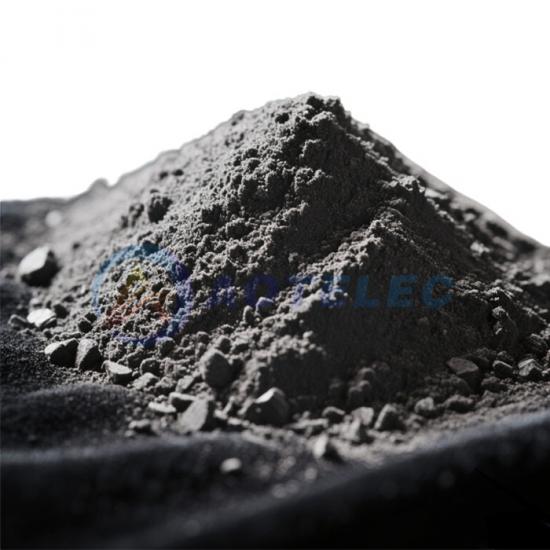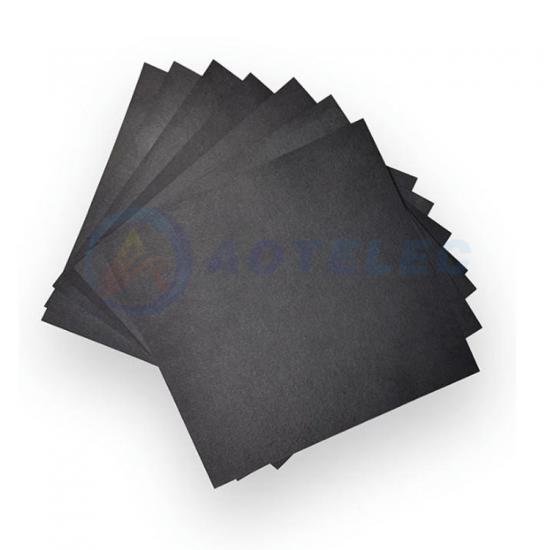-
Apr , 10 2020
Can Carbon Nanotube Be Used for Lithium ion Battery Material? Carbon nanotube is a one-dimensional quantum material with a special structure. It is mainly composed of hexagonal carbon atoms to form several layers to dozens of coaxial round tubes, maintaining a fixed distance between the layers, about 0.34 nanometers, the diameter is generally 2-20 nanometers. As a typical one-dimensional nanostruc...
View More
-
Mar , 18 2022
The uneven coating of lithium iron phosphate batteries not only leads to poor battery consistency, but also relates to issues such as design and use safety. Therefore, the control of coating uniformity in the production process of lithium iron phosphate battery is very strict, and the following items can be tried: 1. Use "linear" conductive agent "Linear" conductive agents are used, mainly VGCF (c...
View More
-
Nov , 01 2022
During the coating process, various defects may occur on the film surface, such as bubbles, fat edges, craters, polygonal depressions, orange peels, etc. Shrinkage cavities are one of the most common problems.The surface depression of the coating film, that is, the shrinkage cavity, is fundamentally caused by the surface tension gradient generated during the film formation. This phenomenon is call...
View More
-
Nov , 23 2022
There are several types of wrinkling of the lithium battery electrode sheets, the wavy edge of the lithium battery electrode, the wrinkle of the lithium battery electrode, and the wrinkling of the paint area. Of course, there are several degrees of wrinkling severity. Wrinkles in the coating area of the electrode will cause the surface of the bare cell to be uneven, and the stress conce...
View More
-
 May , 08 2025
May , 08 2025
1、What is Kuraray activated carbon powder Activated carbon, as an adsorption material with a highly developed pore structure and a huge specific surface area, is usually prepared using carbon-containing materials as raw materials, such as coconut shells, coal, and wood. These raw materials, after undergoing high-temperature carbonization and activation treatment, have formed rich microporous,...
View More
-
 Jun , 26 2025
Jun , 26 2025
The existing secondary batteries have the characteristics of high energy density and good cycling performance. However, the commonly used organic electrolytes are toxic and flammable, which pose certain safety risks. Moreover, the existing electrode materials are limited in resources and have high costs, restricting their large-scale application in the energy storage field. Using water-based elect...
View More
-
 Oct , 23 2025
Oct , 23 2025
Carbon paper—often referred to as carbon fiber paper (CFP) or porous carbon substrate—has emerged as a critical material in modern battery systems, thanks to its unique combination of high electrical conductivity, structural flexibility, porous architecture, and chemical stability. Unlike traditional paper, carbon paper is manufactured from carbon fibers (typically polyacrylonitrile-based or pitch...
View More
-
 Nov , 14 2025
Nov , 14 2025
In the field of basic lithium-ion battery research, "unrepeatable experimental data and no basis for electrode selection" have long been key pain points plaguing researchers. Recently, a major breakthrough has been achieved in a study focusing on the standardized parameters of glassy carbon electrodes (GCEs) for lithium-ion batteries. After systematically testing GCEs of different specifications r...
View More
 May , 08 2025
May , 08 2025
 Jun , 26 2025
Jun , 26 2025
 Oct , 23 2025
Oct , 23 2025
 Nov , 14 2025
Nov , 14 2025


